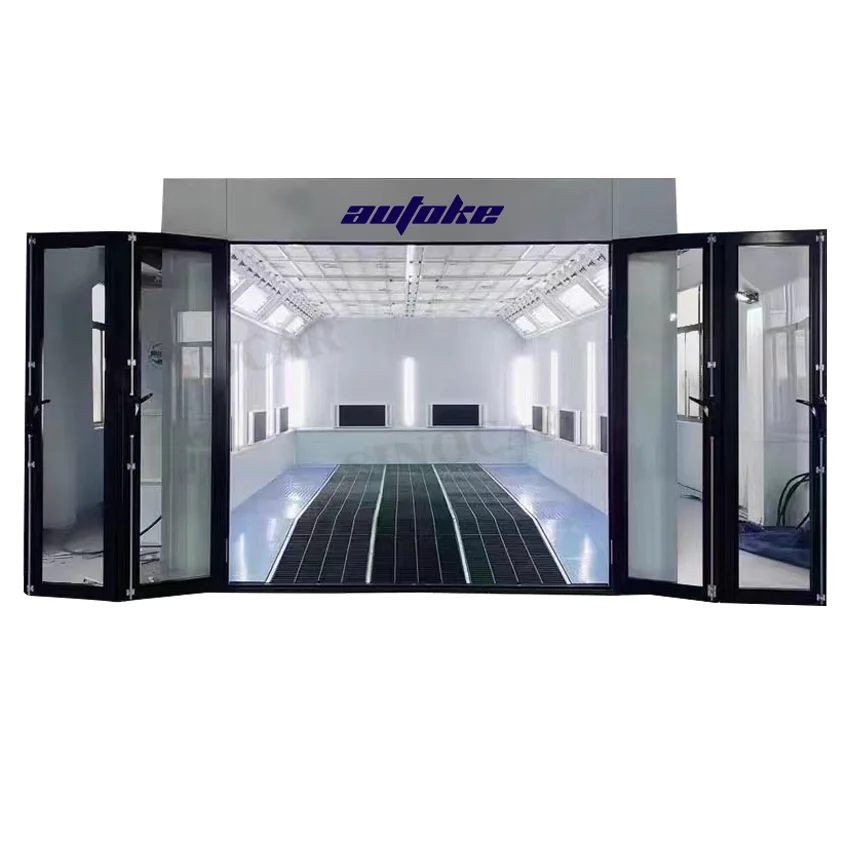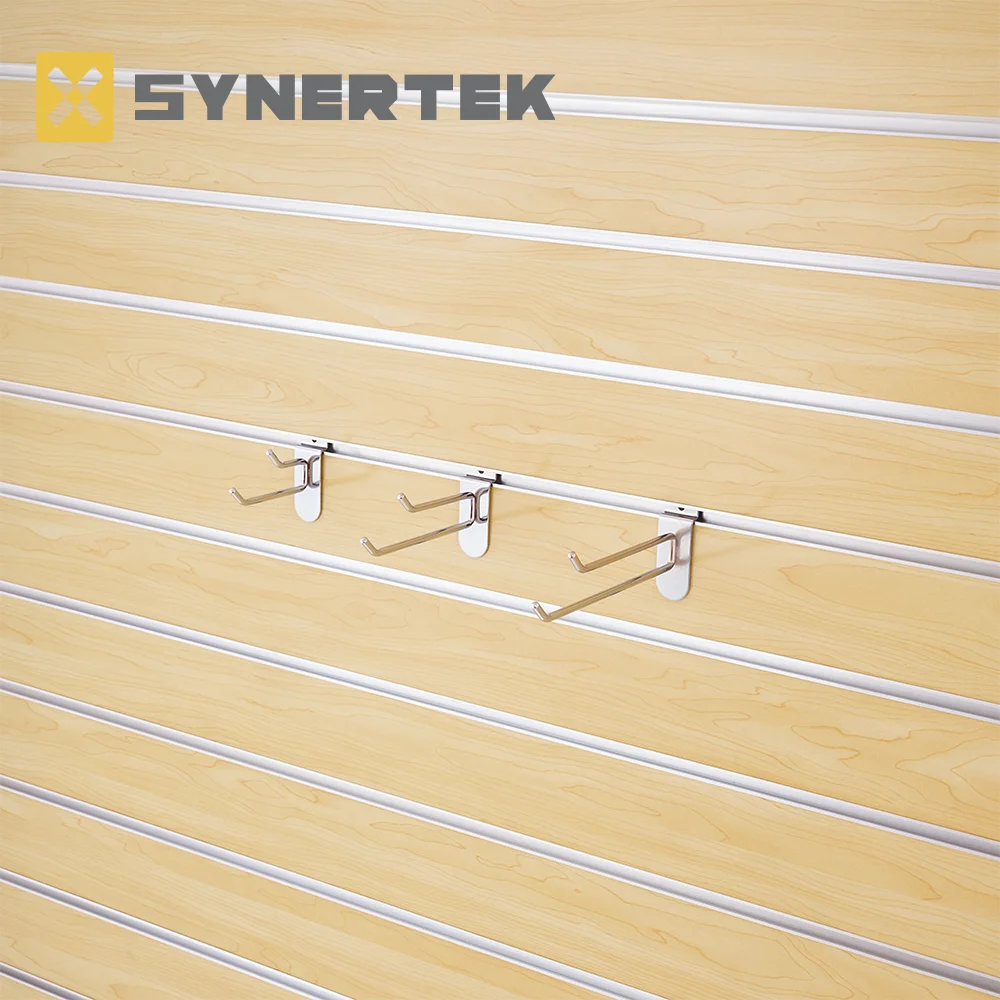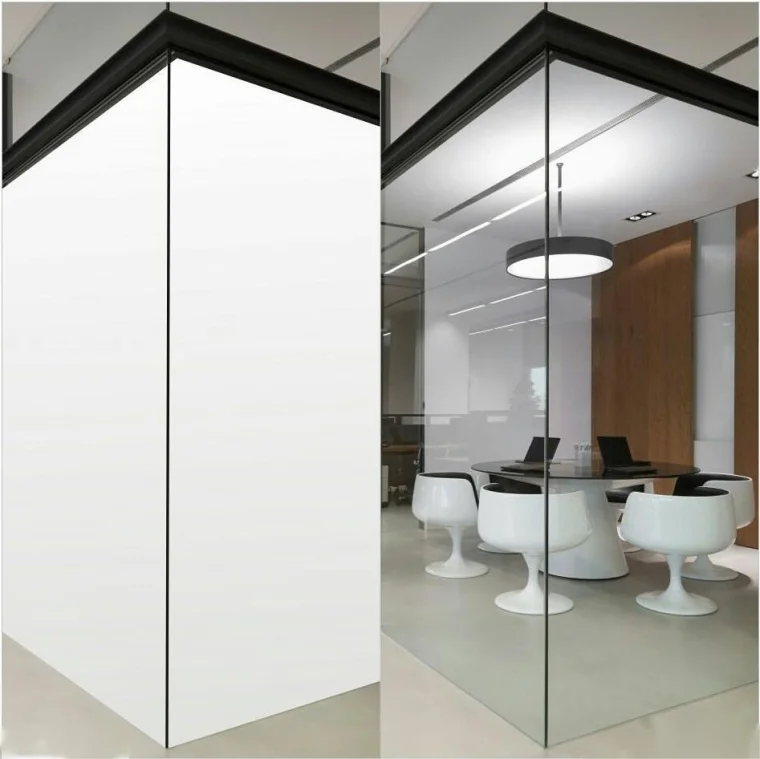When it comes to maintaining a comfortable indoor environment, effective insulation plays a pivotal role. The right insulator not only helps in regulating temperature but also contributes to energy efficiency, reducing utility bills, and minimizing environmental impact. In this comprehensive guide, we will explore the various types of heat insulators available for home use, their properties, and how to choose the best one for your specific needs.
Understanding Heat Insulation
Heat insulation works on the principle of reducing heat transfer between the interior and exterior of a building. This can be achieved through various materials that possess low thermal conductivity. The effectiveness of an insulator is often measured by its R-value, which indicates its resistance to heat flow. The higher the R-value, the better the material is at insulating.
Types of Heat Insulators
- Fiberglass Insulation
- Composition: Made from fine glass fibers, fiberglass insulation is one of the most common types used in residential buildings.
- R-Value: Typically ranges from R-2.9 to R-3.8 per inch.
- Pros: Non-combustible, resistant to moisture, and cost-effective.
- Cons: Can irritate the skin and lungs during installation; requires protective gear.
- Foam Board Insulation
- Composition: Rigid panels made from polystyrene, polyisocyanurate, or polyurethane.
- R-Value: Ranges from R-3.6 to R-8 per inch, depending on the material.
- Pros: Excellent thermal resistance, lightweight, and moisture-resistant.
- Cons: Can be more expensive than fiberglass and may require special handling.
- Spray Foam Insulation
- Composition: A mixture of isocyanate and polyol resin that expands upon application.
- R-Value: Closed-cell spray foam offers R-6 to R-7 per inch, while open-cell foam provides R-3.5 to R-4.
- Pros: Provides an airtight seal, excellent for hard-to-reach areas, and reduces air leakage.
- Cons: Higher initial cost and requires professional installation.
- Cellulose Insulation
- Composition: Made from recycled paper products treated with fire retardants.
- R-Value: Typically around R-3.1 to R-3.7 per inch.
- Pros: Environmentally friendly, good soundproofing qualities, and effective at reducing air leaks.
- Cons: Can settle over time, reducing its effectiveness; may require professional installation.
- Mineral Wool (Rock Wool) Insulation
- Composition: Made from natural or recycled stone materials.
- R-Value: Ranges from R-3.0 to R-3.3 per inch.
- Pros: Fire-resistant, water-repellent, and provides excellent sound insulation.
- Cons: Heavier than other insulation types and can be more expensive.
Factors to Consider When Choosing Insulation
- Climate Zone
- The effectiveness of insulation varies by climate. For colder regions, higher R-values are essential, while milder climates may require less insulation.
- Installation Area
- Different areas of the home (attics, walls, basements) may benefit from specific types of insulation. For instance, spray foam is ideal for attics, while fiberglass batts are commonly used in walls.
- Budget
- While some insulation types may have a higher upfront cost, consider the long-term savings on energy bills. Investing in high-quality insulation can pay off over time.
- Environmental Impact
- If sustainability is a priority, consider eco-friendly options like cellulose or sheep's wool insulation, which have a lower carbon footprint.
- Fire Safety
- Ensure that the insulation material meets local fire safety codes. Materials like mineral wool offer excellent fire resistance.
Conclusion: The Best Insulator for Your Home
Choosing the best heat insulator for your home depends on a multitude of factors, including your local climate, the specific areas you need to insulate, your budget, and your environmental considerations. While fiberglass and foam board insulation are popular choices, spray foam insulation stands out for its superior air sealing capabilities and high R-value, making it an excellent option for energy efficiency.


